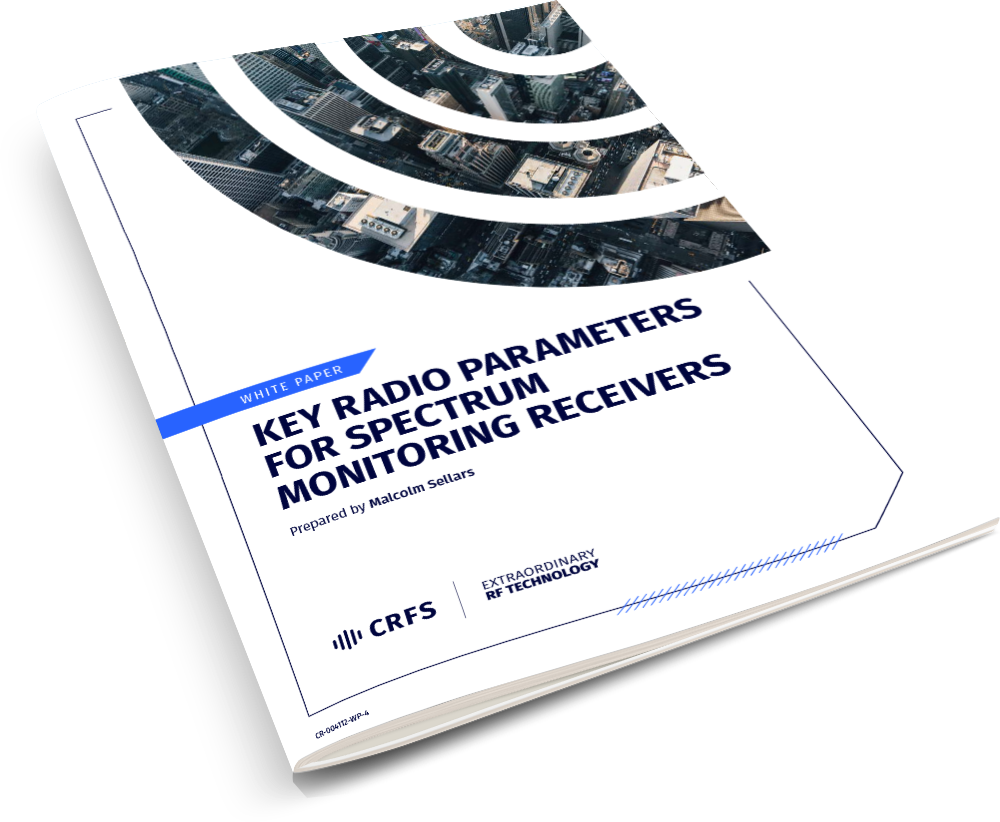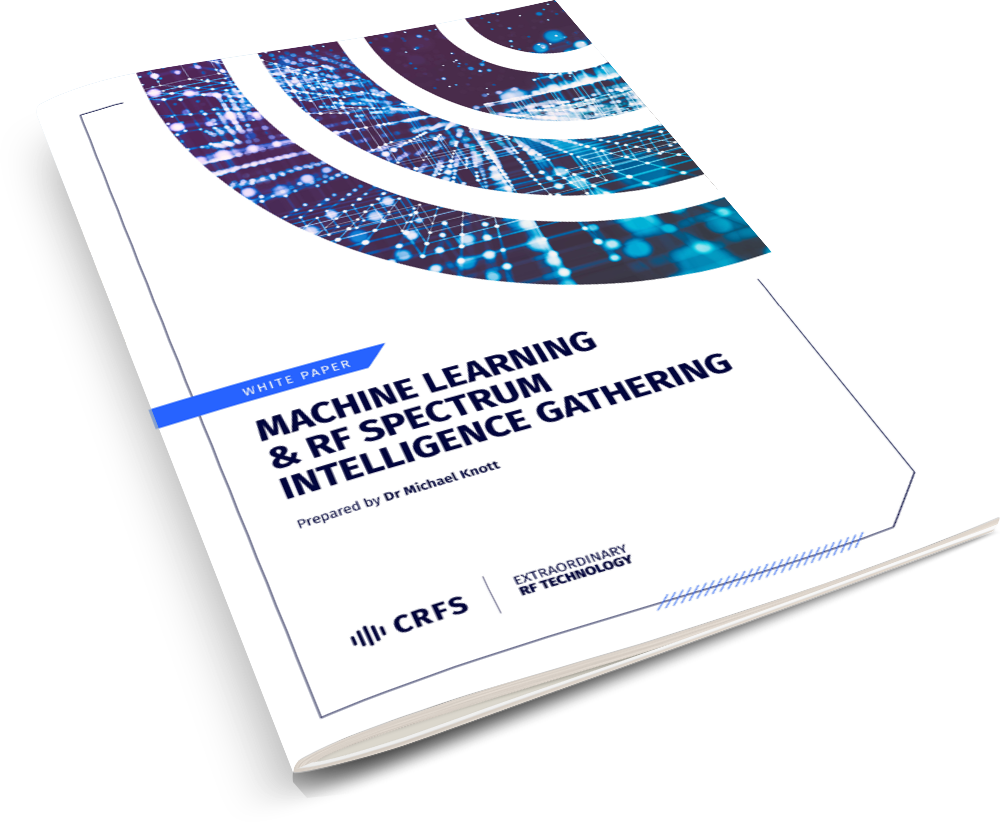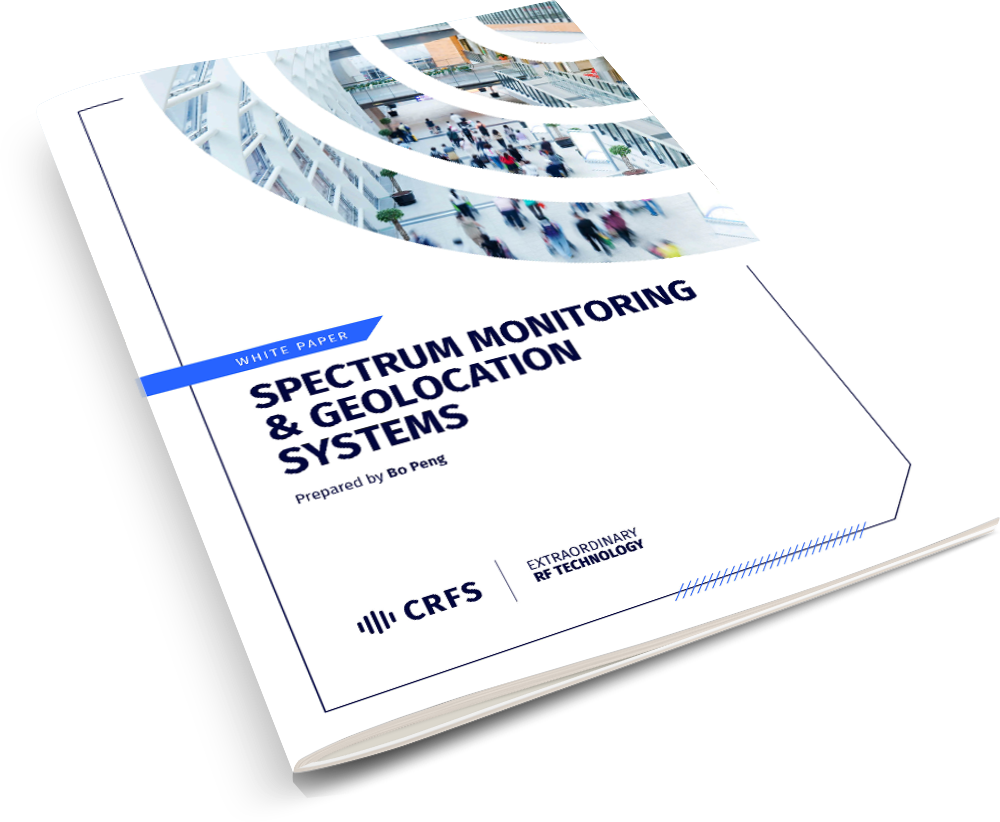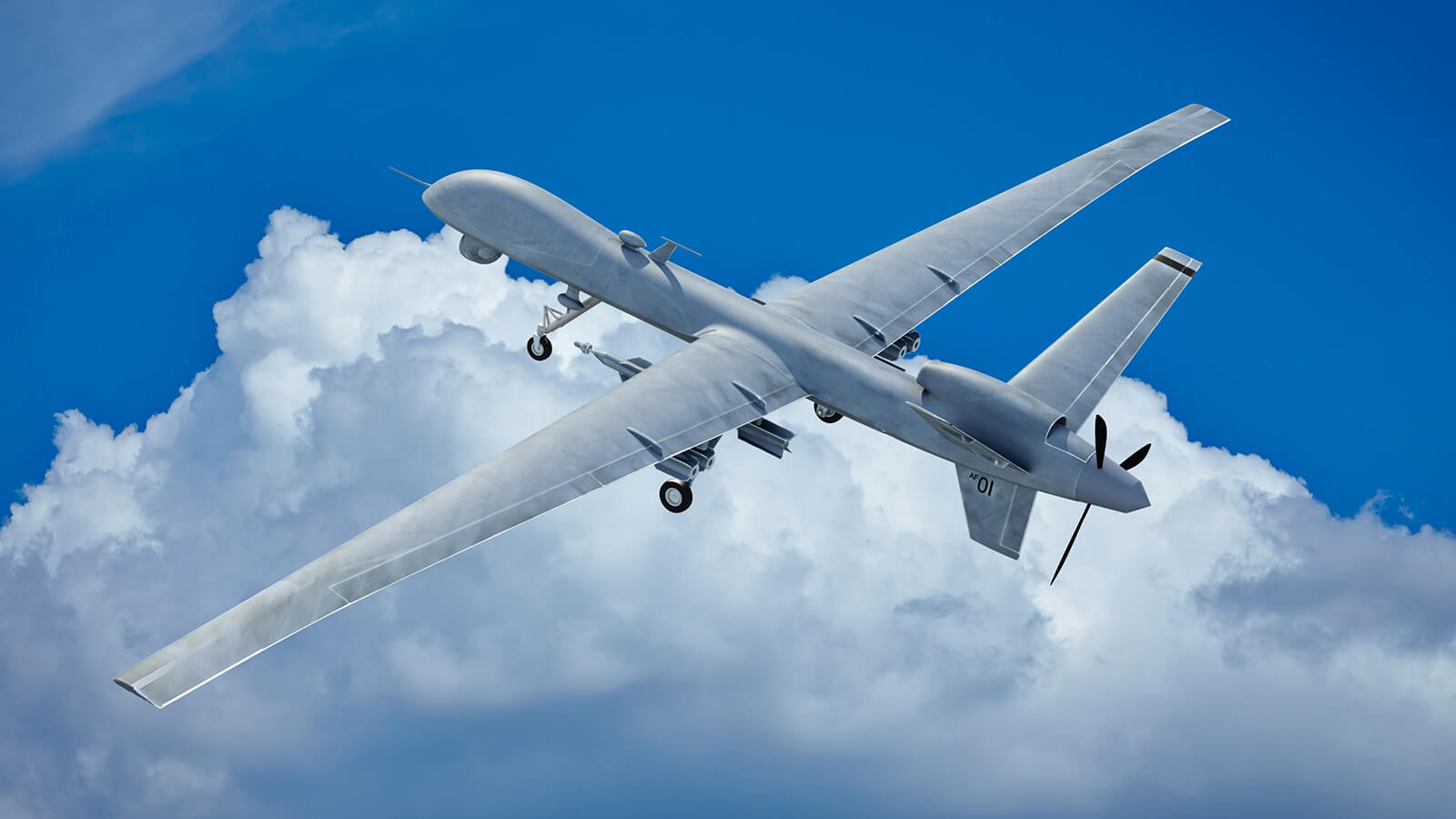Spectrum monitoring
CRFS’ spectrum monitoring solutions allow users to see who is using the spectrum, where & when they are using it, & what they are using it for
Overview
In an era driven by constant wireless connectivity, spectrum management is imperative for uninhibited communication, threat detection, situational awareness, and interference hunting. The key to successful spectrum management is effective spectrum monitoring: monitoring who is using the spectrum, where and when they are using it, and what they are using it for. Proactive, automated monitoring means any jamming, interference, or breach of conditions can be quickly identified and corrective actions taken.
Whether safeguarding military operations, enforcing regulations, optimizing communication networks, or ensuring law enforcement integrity, CRFS’ spectrum monitoring hardware and software solutions will give you the upper hand in monitoring invisible threats and ensuring optimal spectrum use.
Highly sensitive RF receivers
Wide dynamic range
Identify signals of interest
Real-time analysis
Automated software
Remote monitoring
VITA-49 streaming
Spectrum monitoring applications
Military spectrum monitoring & EMSO
CRFS technology helps military operators dominate the spectrum by identifying and locating threats and turning real-time signal capture and emitter data into actionable intelligence.
Systems integrators
By designing systems with passive RF capability, system integrators can provide military end users with a tactical advantage in a highly contested environment.
Regulators
Spectrum monitoring solutions can help monitor, manage, and monetize the spectrum while complying with ITU guidelines—as well as addressing OPEX and CAPEX spectrum challenges.
Critical infrastructure
CRFS technology gives agencies the ability to detect, monitor, analyze, and act upon a vast range of wireless signals—providing enhanced situational awareness and investigative capabilities.
Technical surveillance counter measures
CRFS automated technology continuously monitors the spectrum, detecting low-power and advanced signals that would be missed by many handheld sweepers.
Major events
Remotely monitoring the spectrum in real-time allows teams to locate interference quickly and resolve any issues rapidly and efficiently, ensuring the safety and integrity of the event.
Spaceports
For safe spaceport operations, careful management and monitoring of the radio frequency environment is essential.
Civil aviation
Ensuring the integrity of the spectrum at airports is essential for aircraft safety, and preventing interference ensures communication and navigation systems can function unimpeded.
Interference hunting
Proactively monitoring the spectrum to detect RF interference helps to improve safety, prevent financial losses, and avoid operational inefficiencies.
Talk to an advisor about spectrum monitoring
Spectrum monitoring expertise

Key radio parameters for spectrum monitoring receivers
Why key radio parameters and minimum recommended values of the receiver are so important and need to be clearly understood.

Machine learning & RF spectrum intelligence gathering

Spectrum monitoring & geolocation systems
An overview of contemporary radio spectrum monitoring practice and the sensor and geolocation technologies required to meet the emerging challenges.




MoD BORDER SURVEILLANCE IN THE MIDDLE EAST
How a government agency secured its borders in a volatile region.
Read the storyISR MISSIONS AT SEA & ACROSS HOSTILE BORDERS
How combining ground & air-based RF sensors improved ISR and target acquisition.
Read the storyDETECTION & 3D GEOLOCATION OF AERIAL TARGETS OVER WIDE AREAS
How a NATO partner built an air defense platform to increase national security
Read the storyREAL-TIME DIRECTION FINDING & FULL SPECTRUM AWARENESS
How a Southeast Asian government intelligence service secured multiple borders.
Read the story

